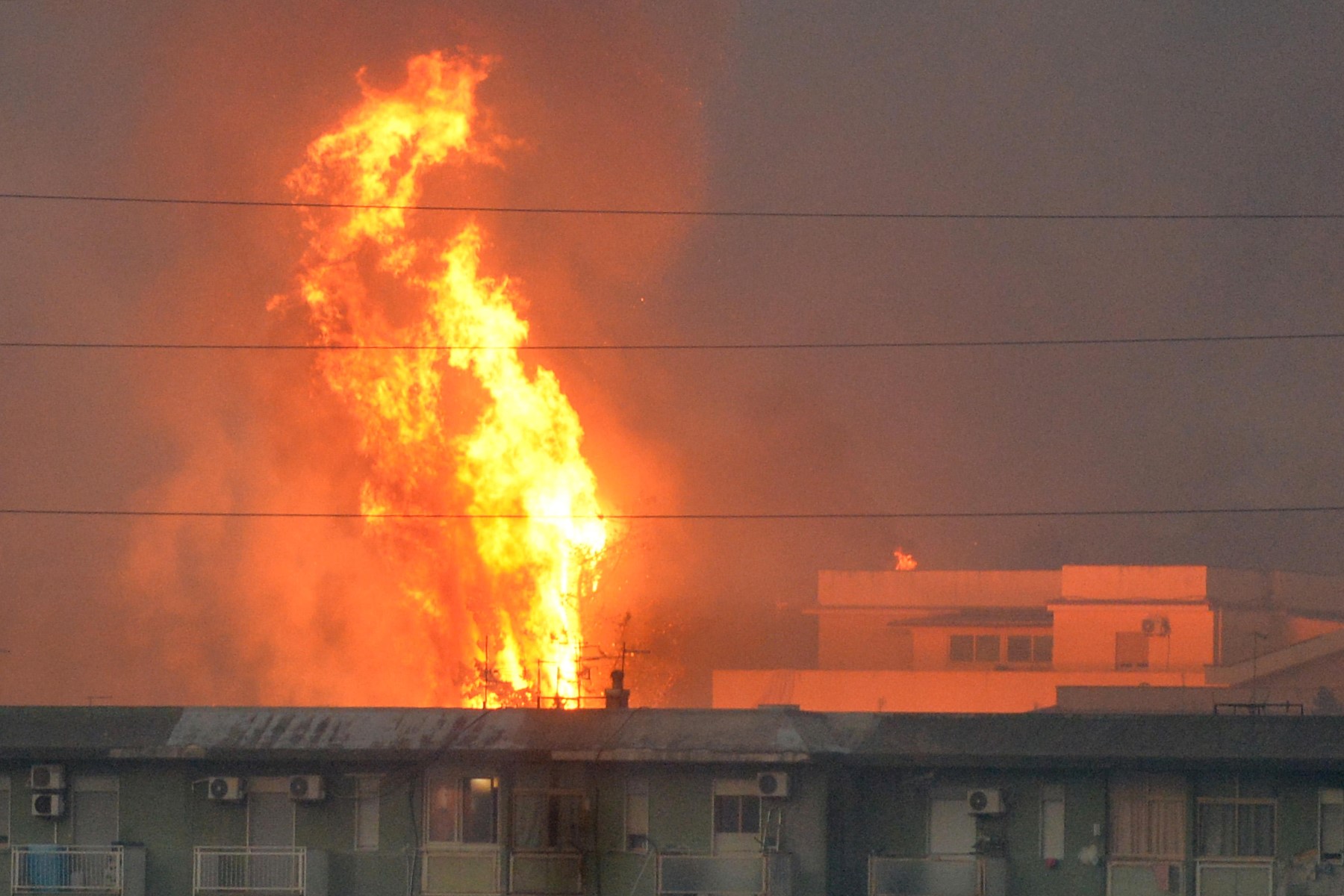
403
Sorry!!
Error! We're sorry, but the page you were
looking for doesn't exist.
Flames burst at American ammunition workshop
(MENAFN) Reports emerged on Monday afternoon of a fire engulfing the Scranton Army Ammunition Plant in Scranton, Pennsylvania, a facility specializing in artillery ammunition production.
Eyewitnesses observed billowing black smoke emanating from the plant shortly before 3pm local time, prompting the dispatch of local emergency services to address what was described as a "structure fire." Details regarding the extent of the fire and any potential damages remained scarce at the time of reporting.
Operated by General Dynamics-Ordnance and Tactical Systems under the ownership of the United States military, the Scranton Army Ammunition Plant is a critical component of the Joint Munitions Command (JMC) infrastructure. The facility's production capabilities encompass a wide array of artillery ammunition, including 155mm and 105mm artillery projectiles, 120mm mortar rounds, 203mm naval shells, as well as various smoke, illumination, and incendiary rounds.
The timing of the fire at the Scranton plant coincides with heightened efforts by the United States to bolster production of artillery ammunition, driven by the imperative to supply Ukraine in its ongoing conflict with Russia. This strategic imperative underscores the significance of the Scranton facility in meeting the escalating demand for munitions amid geopolitical tensions.
Located in northeastern Pennsylvania, Scranton is a community of approximately 75,000 residents and holds historical significance as the birthplace of United States President Joe Biden. Despite the fire incident, President Biden is scheduled to visit the town on Tuesday, raising questions about the potential impact of the blaze on his itinerary and the broader implications for national security and defense production.
As investigations into the cause of the fire continue and efforts to contain the blaze intensify, stakeholders will closely monitor developments at the Scranton Army Ammunition Plant. The incident serves as a reminder of the inherent risks associated with the production of munitions and underscores the critical role of emergency response protocols in mitigating potential hazards in defense manufacturing facilities.
Eyewitnesses observed billowing black smoke emanating from the plant shortly before 3pm local time, prompting the dispatch of local emergency services to address what was described as a "structure fire." Details regarding the extent of the fire and any potential damages remained scarce at the time of reporting.
Operated by General Dynamics-Ordnance and Tactical Systems under the ownership of the United States military, the Scranton Army Ammunition Plant is a critical component of the Joint Munitions Command (JMC) infrastructure. The facility's production capabilities encompass a wide array of artillery ammunition, including 155mm and 105mm artillery projectiles, 120mm mortar rounds, 203mm naval shells, as well as various smoke, illumination, and incendiary rounds.
The timing of the fire at the Scranton plant coincides with heightened efforts by the United States to bolster production of artillery ammunition, driven by the imperative to supply Ukraine in its ongoing conflict with Russia. This strategic imperative underscores the significance of the Scranton facility in meeting the escalating demand for munitions amid geopolitical tensions.
Located in northeastern Pennsylvania, Scranton is a community of approximately 75,000 residents and holds historical significance as the birthplace of United States President Joe Biden. Despite the fire incident, President Biden is scheduled to visit the town on Tuesday, raising questions about the potential impact of the blaze on his itinerary and the broader implications for national security and defense production.
As investigations into the cause of the fire continue and efforts to contain the blaze intensify, stakeholders will closely monitor developments at the Scranton Army Ammunition Plant. The incident serves as a reminder of the inherent risks associated with the production of munitions and underscores the critical role of emergency response protocols in mitigating potential hazards in defense manufacturing facilities.

Legal Disclaimer:
MENAFN provides the information “as is” without warranty of any kind. We do not accept any responsibility or liability for the accuracy, content, images, videos, licenses, completeness, legality, or reliability of the information contained in this article. If you have any complaints or copyright issues related to this article, kindly contact the provider above.






















Comments
No comment